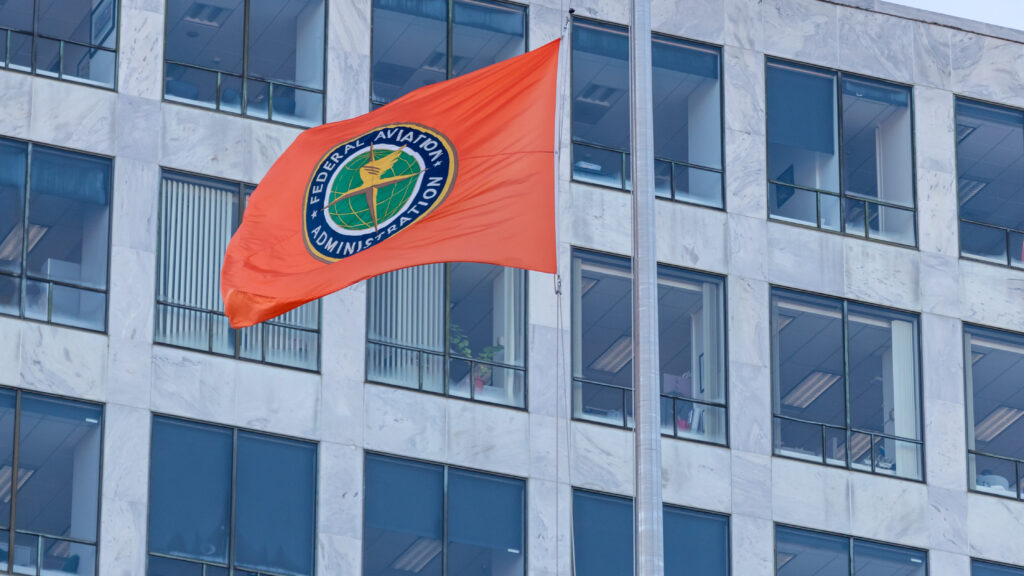The Federal Aviation Administration (FAA) is defending itself against a class-action lawsuit that claims it denied jobs to 1,000 potential air traffic controllers due to diversity hiring policies. This legal battle resurfaced as officials confirmed that staffing at Ronald Reagan Washington National Airport was below normal levels during this week’s deadly midair collision.
On Wednesday, an American Airlines passenger plane and a Black Hawk helicopter collided over Washington, DC, killing 67 people. This incident marked the deadliest U.S. aviation disaster in nearly 25 years. The crash reignited debates about the FAA’s hiring practices and their potential impact on staffing shortages and air safety.
Lawsuit Challenges FAA’s Diversity Hiring Practices
Andrew Brigida, the lead plaintiff in the 2015 lawsuit, claims the FAA replaced a merit-based hiring system with a biographical assessment to increase minority representation. He argues that this policy caused racial discrimination against white applicants like him.
Brigida, a graduate of Arizona State University’s collegiate training program, scored 100% on his training exam but was still rejected for a controller position. The lawsuit alleges that the FAA’s hiring changes under the Obama administration deprived him and others of job opportunities based on race rather than qualifications.
Criticism of the FAA’s hiring policies has intensified following the collision. Some, including former President Trump, argue that diversity hiring programs have contributed to staff shortages and lower hiring standards for air traffic controllers. When asked whether he believed these policies led to inevitable aviation accidents, Brigida responded, “Yes, that’s kind of accurate.”
FAA Staffing Issues Under Scrutiny
FAA officials confirmed that staffing levels at the Washington National Airport control tower were not adequate at the time of the crash. The controller on duty was performing two jobs simultaneously—guiding helicopters while also directing departing and arriving planes.
The preliminary FAA report found that this workload is normally divided between two controllers. However, due to staff shortages, a single individual was handling both responsibilities.
The control tower at Washington National Airport has long struggled with understaffing. As of September 2023, only 19 fully certified controllers were working at the facility—far below the FAA’s target of 30. By Friday, the FAA confirmed that the tower now has 25 fully certified controllers, with three additional trainees undergoing certification.
Despite these gains, staffing shortages persist nationwide. The FAA has yet to recover from the mass layoffs during the COVID-19 pandemic in 2020. Brigida, now an FAA program manager, called on Trump to immediately address the staffing crisis if he returns to office.
Government Defends Hiring Practices in Court
During Trump’s first term, Department of Transportation lawyers argued for the dismissal of Brigida’s lawsuit. They claimed that broadening the hiring pool to include diverse applicants did not constitute illegal discrimination under Title VII of the Civil Rights Act.
The government’s legal response stated that expanding access to jobs does not violate the law, as Title VII protects equal treatment, not preferential treatment. Officials asserted that Brigida had no legal grounds to demand the preservation of the old system, which had previously given him an advantage.
According to the government’s motion, plaintiffs must prove that the actual hiring process discriminated against them based on a protected characteristic. Simply claiming that the new process no longer benefited them was not enough to support a discrimination claim.
As the lawsuit progresses, debates over FAA hiring policies, workforce shortages, and aviation safety continue to dominate national discussions.


